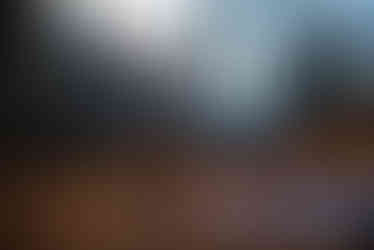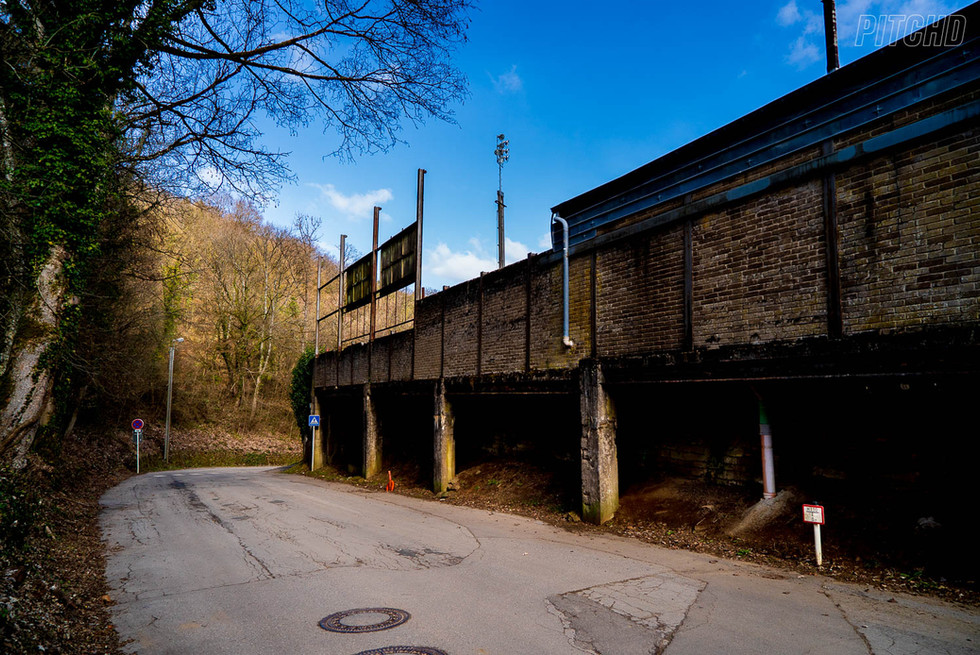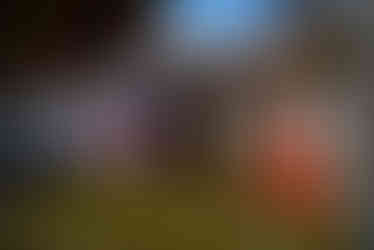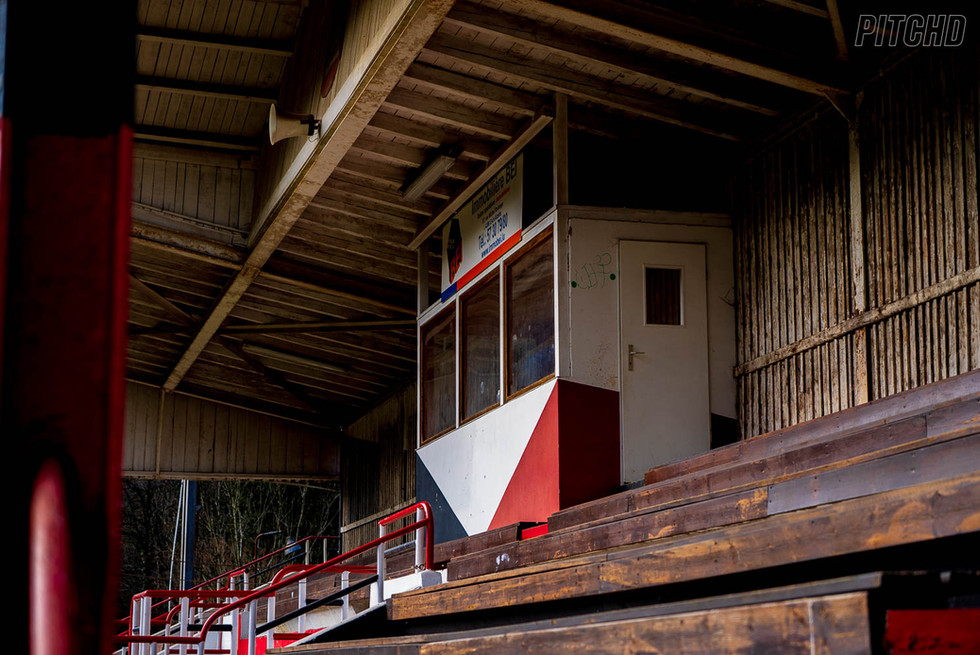GROUND // Stade du Thillenberg - FC Differdange 03/CS Oberkorn
- pitchdgroundhoppin
- Mar 26, 2021
- 4 min read
We can proudly add another country to our list. Oddly enough the Grand Duchy of Luxembourg is one of the easiest countries to visit (out of Belgium) and it took us several years to finally get there. But the Stade du Thillenberg is one of those must sees. The nostalgic groundhopper will know what we mean.

Stade du Thillenberg
1921 is most likely one of the most wonderful years in football history in Luxembourg. Because that's the year the construction of the Stade du Thillenberg started. Just outside of the village it was literally built on the Thillenberg hill/mountain and it consists of one huge terracing against the hillside and one absolutely magnificent wooden grandstand. In 1922 the original stadium was finalised and inaugurated, but the next couple of years it was already amended (the pitch became wider and longer for instance). In 1925 the renewed stadium was finally re-inaugurated.
The official capacity is a bit of a discussion point. Numbers vary from somewhere between 6300 and 7150. The highest is supposedly to have been 8000 during an international game of Luxembourg in 1928. The Stade du Thillenberg has been used quite frequently for international games since 1926 until the capital took over. Up until 2012 it was the official home ground of several teams, but ever since it's a bit of a weird story. Sometimes it hosts A games, sometimes it hosts B games or training moments. But most of the times it's a well maintained lost ground. There have been quite some talks to demolish the stadium and replace it by different sports facilities. But it seems like in 2018 the only correct decision has been taken; it's been added to the protected monuments list.

Association Sportive Differdange
The rest of the history is more club related. Let's kick off with AS Differdange. Although they never really played games in the Stade du Thillenberg, it is crucial to mention them. The team had their home ground in the Stade Henri Jungers from the very beginning up until the end. It started in 1921 and as of 1922 they joined the official competitions. All in all they always had a quiet and peaceful existence.
The main changes would be during WWII when they had to change their name into FK Rotstern Differdingen in 1940 and got dissolved a year later. In 1944 they saw themselves re-founded. Afterwards it was back to the peaceful existence until 2003. That year they decided to join forces with the neighbouring (and more successful) Red Boys Differdange to become FC Differdange 03. The Stade Henri Jungers became the B stadium until they left it completely in 2012. For one year it formed the home ground of CS Oberkorn but in 2013 it was demolished.
FA Red Boys Differdange
The original 'inhabitant' of the Stade du Thillenberg however was Red Boys Differdange. It was the second oldest team in Luxembourg, being founded in 1907 already as Sporting Club Differdange. Just one year after CS Fola Esch. They started playing competitive football in 1910/11 and immediately ended second in first division. It was the beginning of a beautiful football story. The name change to FA Red Boys Differdange happened in 1919 and the real successes started. Before the start of WWII they would win the championship 5 times, become vice champion 4 times and win the cup 8 times (losing the finals 3 times).
During the great war they had to change their name into FK 07 Differdingen, but no championships were played in Luxembourg. After the war the name returned to Red Boys and the successes simply came back. They would continue winning the championship another one time, becoming vice champion 7 times, cup winners finalist 7 times (losing the finals 6 times). But as soon as the 90s began dark clouds started to pack up over the Thillenberg hill. Red Boys relegated, promoted and never really got back into their old game. In 2003 finally the merger with AS Differdange happened. FC Differdange 03 was born. From 1922 up until 2003 Red Boys used the Stade du Thillenberg as their main ground.
FC Differdange 03
There were high hopes to return as one of the big teams in Luxembourg. And to a certain extend that actually happened. The team is still waiting for another championship and another cup win, but quickly after the merger the team got back to first division and managed to get some nice results across the years. For four times they became the vice champion and also European football returned to Differdange.
The new born team continued playing in the Stade du Thillenberg at first. But it became clear there was a need for modernisation. In 2012 this actually happened as the A team moved out to the newly built Stade Municipale de la Ville de Differdange. That stadium was actually built on the grounds of the former Parc des Sports. The Thillenberg became the B stadium, only occasionally hosting A games. Between 2013 and 2015 it did host the A games of CS Oberkorn.


Cercle Sportif Oberkorn
As you might have noticed, there is another team involved in the history of the Stade du Thillenberg. Oberkorn forms part of the greater village of Differdange and most of the stadiums were or are actually on Oberkorn soil. Cercle Sportif Oberkorn was created in 1930 already and mostly played their games in the lower leagues of Luxembourg. During WWII it was shortly renamed into FK Oberkorn, changing back in CS Oberkorn in 1944. After the war the team would mostly go up and down between first and fourth division, with some European spells as well.
From the start in 1930 right up until 2011 they used the Parc des Sports as their home ground. One of the more beautiful stadiums in Luxembourg as well. But they were forced out as that stadium was to be demolished and to be replaced by the new Stade Municipale de la Ville de Differdange. For two years the team moved to the Stade Henri Jungers and the next two years the team spent in the Stade du Thillenberg. In 2015 Stade Woiwer became the new home ground for a short while, but in the meantime they joined FC Differdange 03 in the newly built Stade Municipale. Occasionally though they still play some A games in the Stade du Thillenberg.

















































































Comentarios